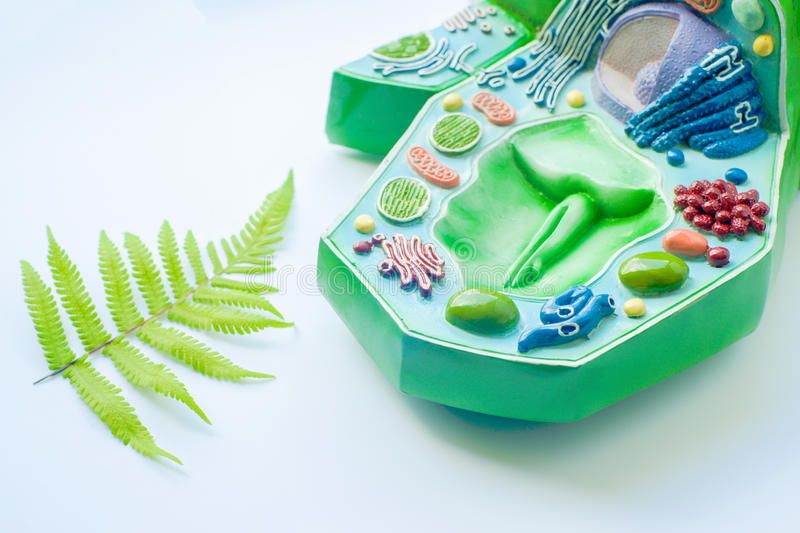Endoplasmic Reticulum
Jul 01, 2019 • 6 views
Endoplasmic reticulum(ER) was discovered by Porter ET Al in 1945. It was given the present name by Porter in 1953. According to Dallmer, endoplasmic reticulum originates from the plasma membrane by invagination. According to Dr. Roberties, the endoplasmic reticulum is a system of membrane-lined channels found in all eukaryotic cells except ova, embryonic cells, and erythrocytes. It consists of more than 50% of total cell membranes and in muscle cells, it is called Sarcoplasmic Reticulum(SR).

Mycloid bodies and Nissl granules are believed to be formed from the endoplasmic reticulum, it's less developed in meristematic cells. It is made of a few tubules in adipose tissue, few vesicles in spermatocytes but is best developed in cells of liver, pancreas, and fibroblast.
Endoplasmic reticulum has three parts:
Cisternae (parallel interconnected flattened sacs).
Tubules (often branched network).
Vesicles (round/oval).

Membranes of endoplasmic reticulum may bear ribosomes when endoplasmic reticulum is called granular/rough endoplasmic reticulum (R.E.R.). Attachment between ribosome and endoplasmic reticulum is through glycoprotein called ribophorin and the union is actually between 60s ribosome subunit and endoplasmic reticulum by means of two types glycoproteins: ribophorin I and ribophorin II.
Rough endoplasmic reticulum often contains minute pores below ribosomes to pass synthesized polypetide into its lumen for transport. Endoplasmic reticulum without attached ribosomes is called agranular/smooth endoplasmic reticulum (S.E.R.). It takes part in the synthesis of glycogen, fat and sterols, & detoxification S.E.R., therefore occurs in adipose cells, muscle cells, liver cells, steroid synthesizing cells, etc. R.E.R. is abundant in cells engaged in production and excretion of protein, for example plasma cells, goblet cells, pancreatic cells, certain liver cells. Broken pieces of endoplasmic reticulum appear as microsome. The transitional endoplasmic reticulum is R.E.R. without ribosomes. Glycosylation of newly synthesized proteins occurs within the cisternae through the activity of glycosyltransferase located in the endoplasmic reticulum membrane.
The function of endoplasmic reticulum are
The endoplasmic reticulum divides the cell into separate compartments making it possible for the cell different chemical products and activities to be segregated from each other.
Many of the enzymes that carry out their activity from a part of the lipoprotein structure of the membrane forming the endoplasmic reticulum.
In addition to the site of protein synthesis, it is also thought to function as a transport and storage system.
Endoplasmic Reticulum also plays an important role in lipid metabolism and glycogen synthesis.
